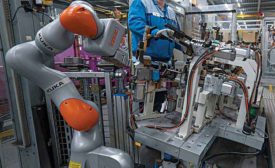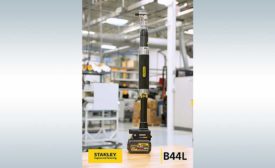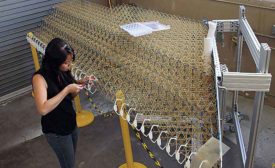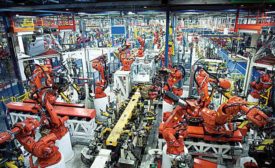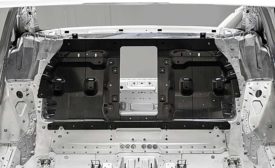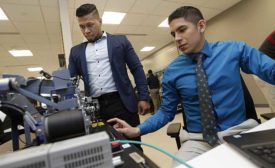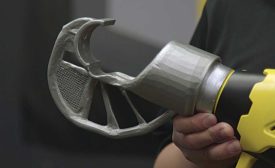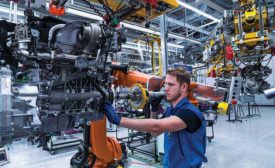Industries
What’s New With Power Tools
Data collection and ergonomics are driving development of next-gen fastening tools
June 5, 2019
Carbon-Fiber Composites Grow in Popularity
Adhesives and fasteners can be used to assemble many types of composite parts
June 3, 2019
IoT Promises a Future of Guaranteed Outcomes
Smart homes and autonomous driving will be built within ecosystems
May 15, 2019
Workforce Development in the Era of Industry 4.0
Industry 4.0 will change how we define manufacturing work
May 14, 2019
Generative Design Software Is Transforming the Design Process
Aided by cloud computing and artificial intelligence, generative design software is promising to transform the design process
May 13, 2019
America’s Most Destructive Industrial Fire
When an inferno destroyed General Motors’ transmission factory in Livonia, MI, it plunged the automaker into a monumental crisis.
May 8, 2019
Never miss the latest news and trends driving the manufacturing industry
Stay in the know on the latest assembly trends.
JOIN TODAY!Copyright ©2024. All Rights Reserved BNP Media.
Design, CMS, Hosting & Web Development :: ePublishing
